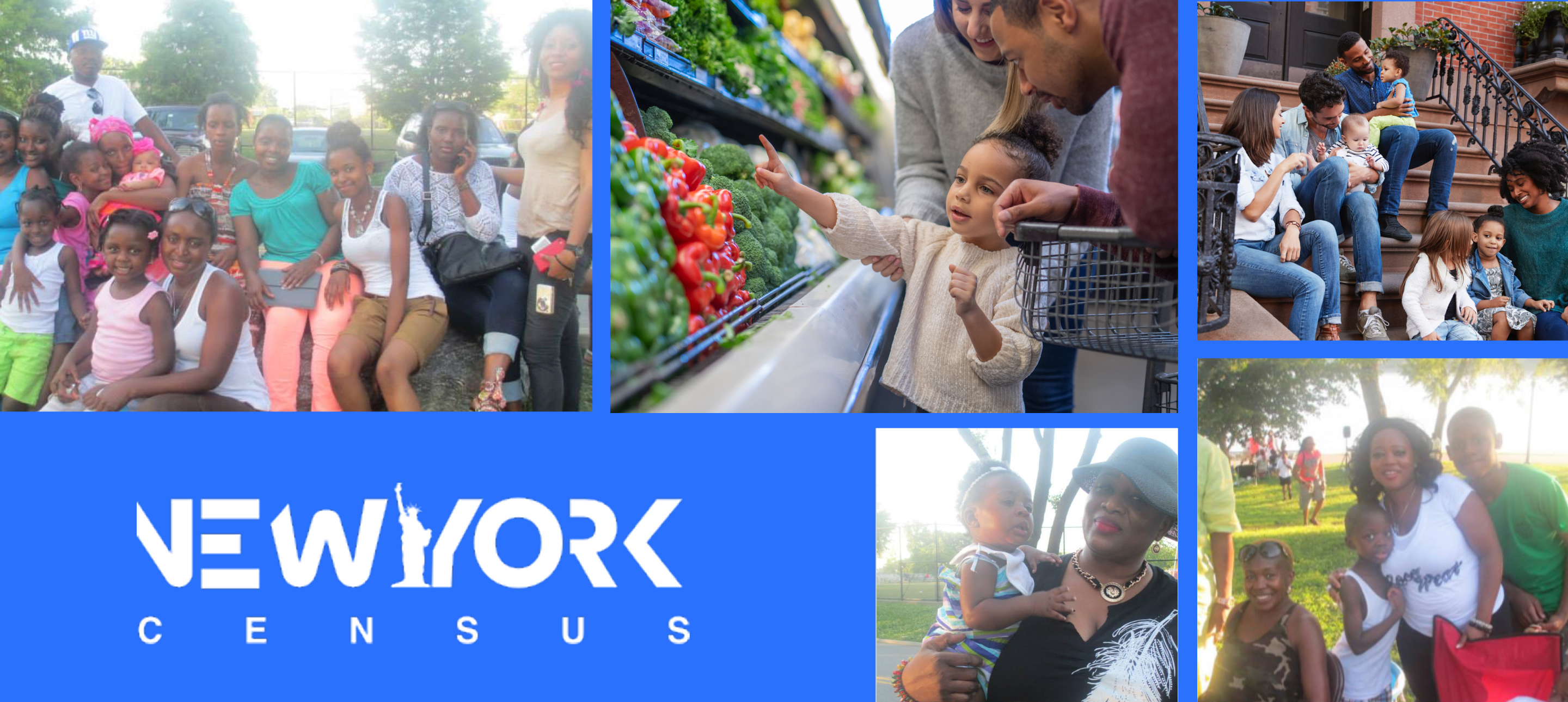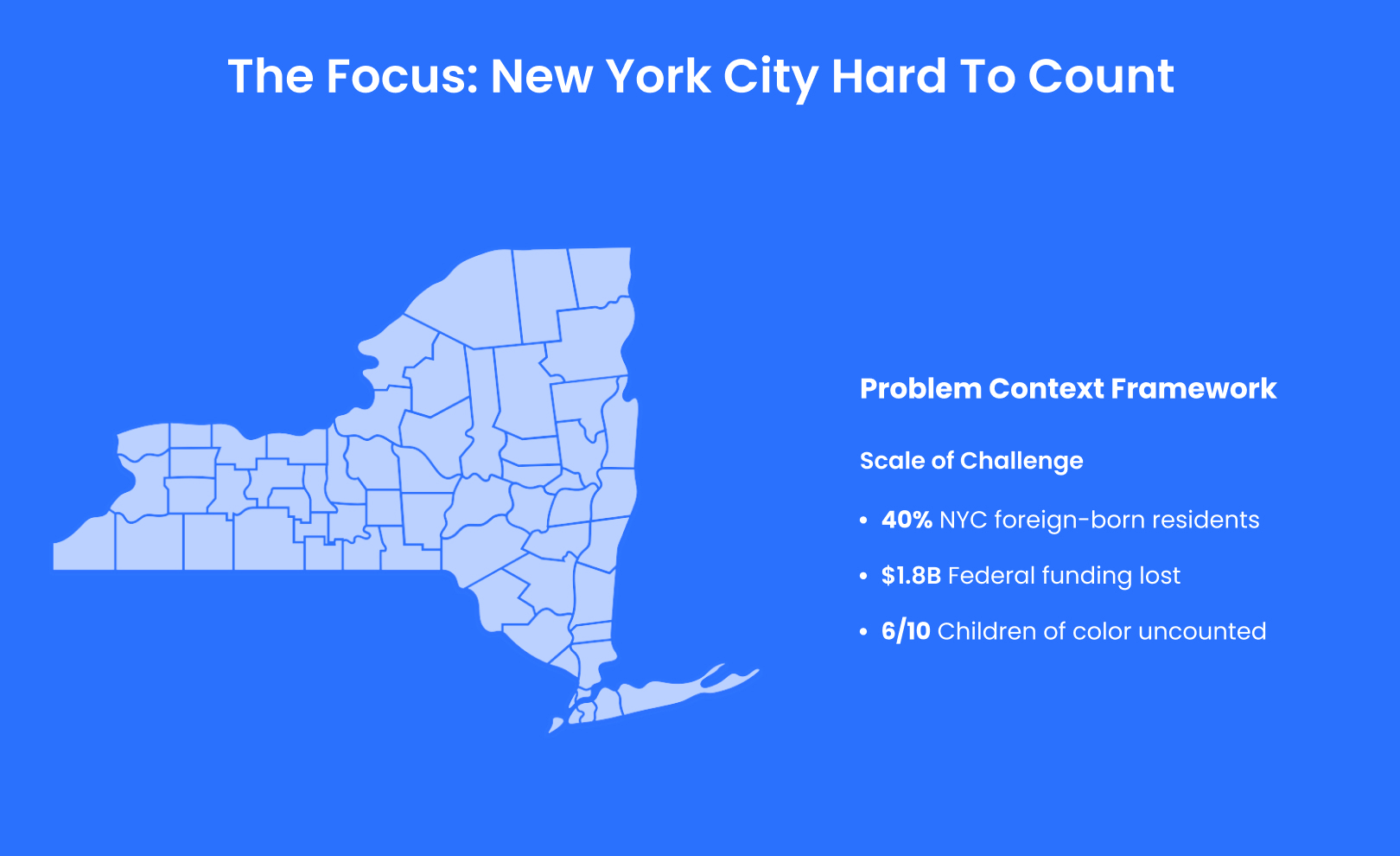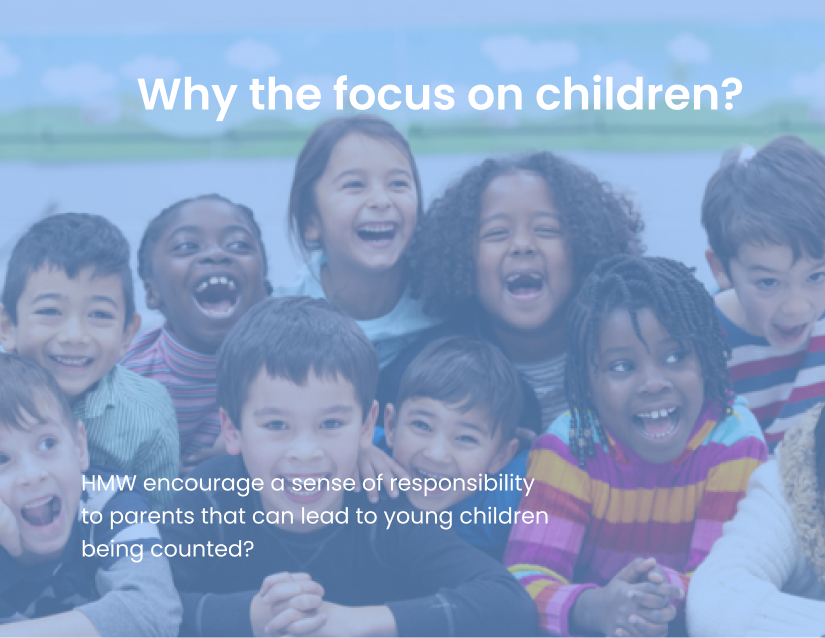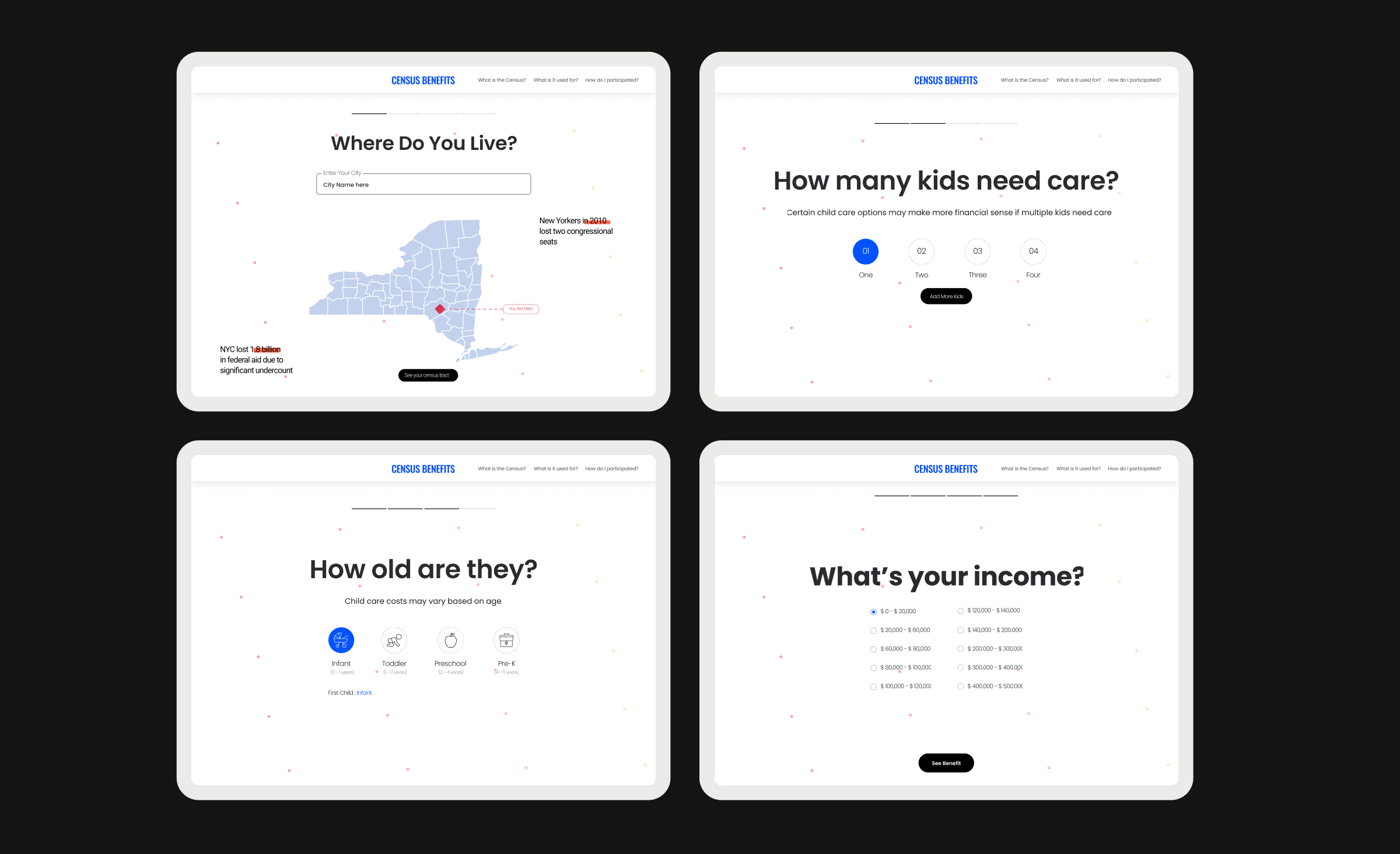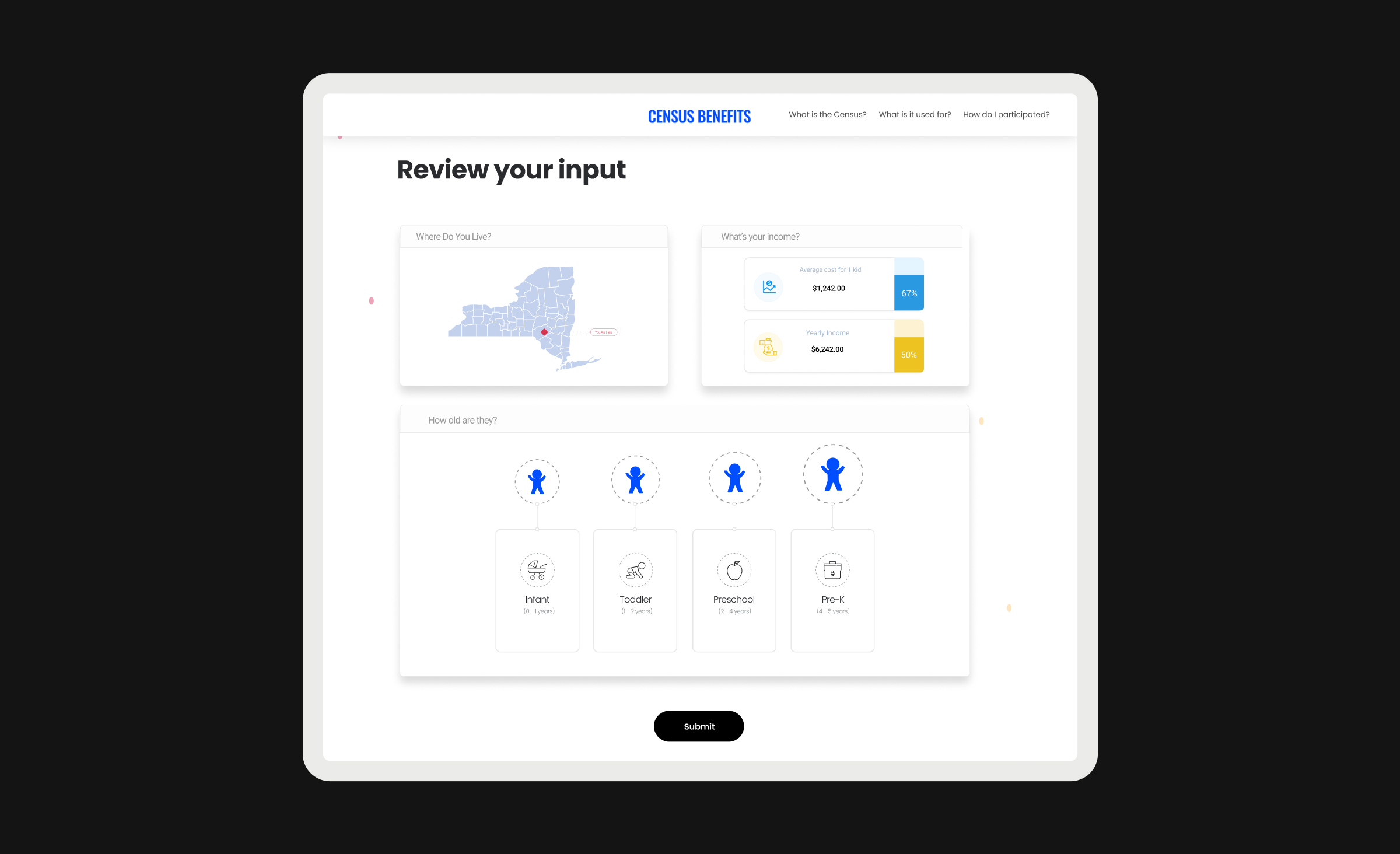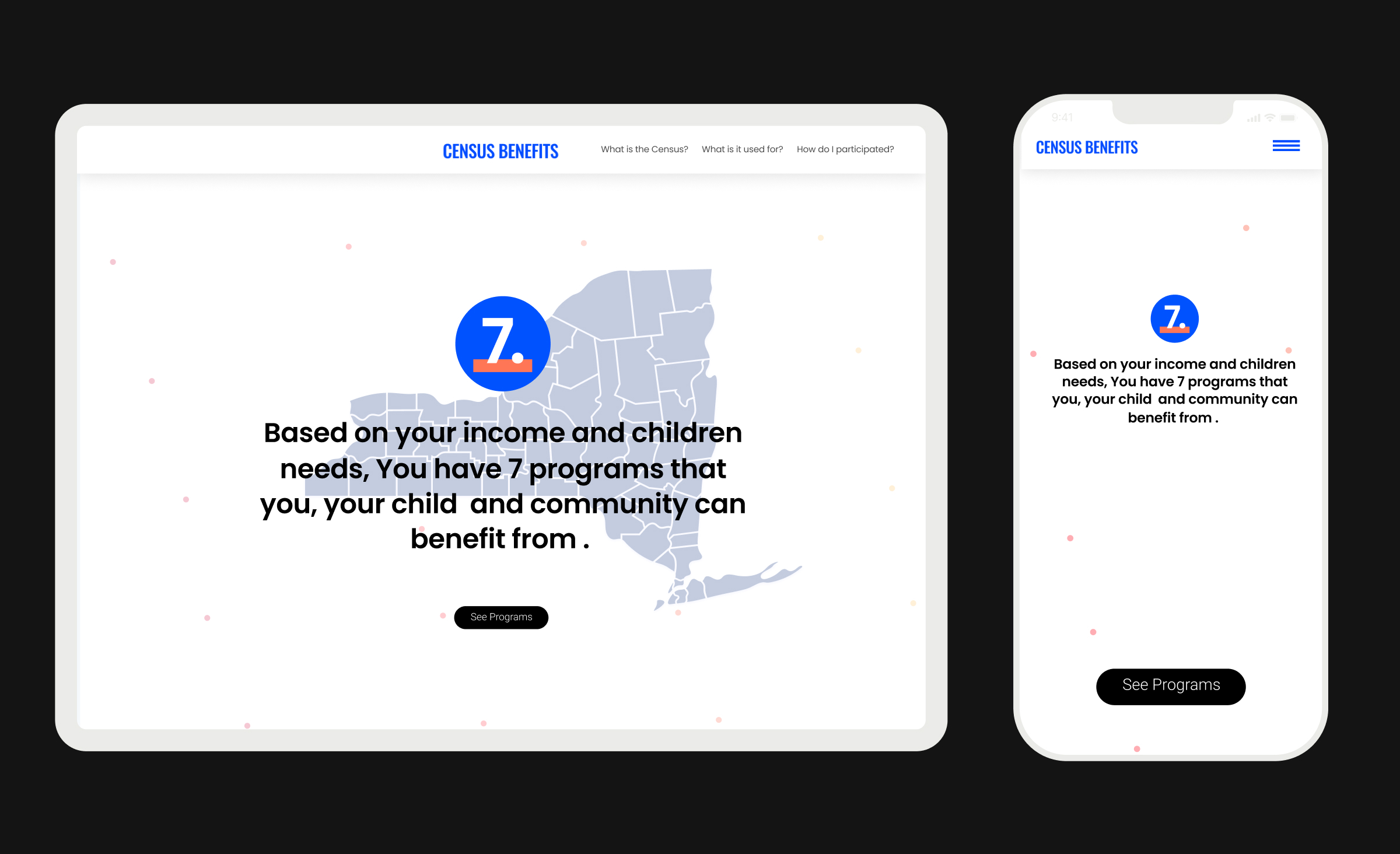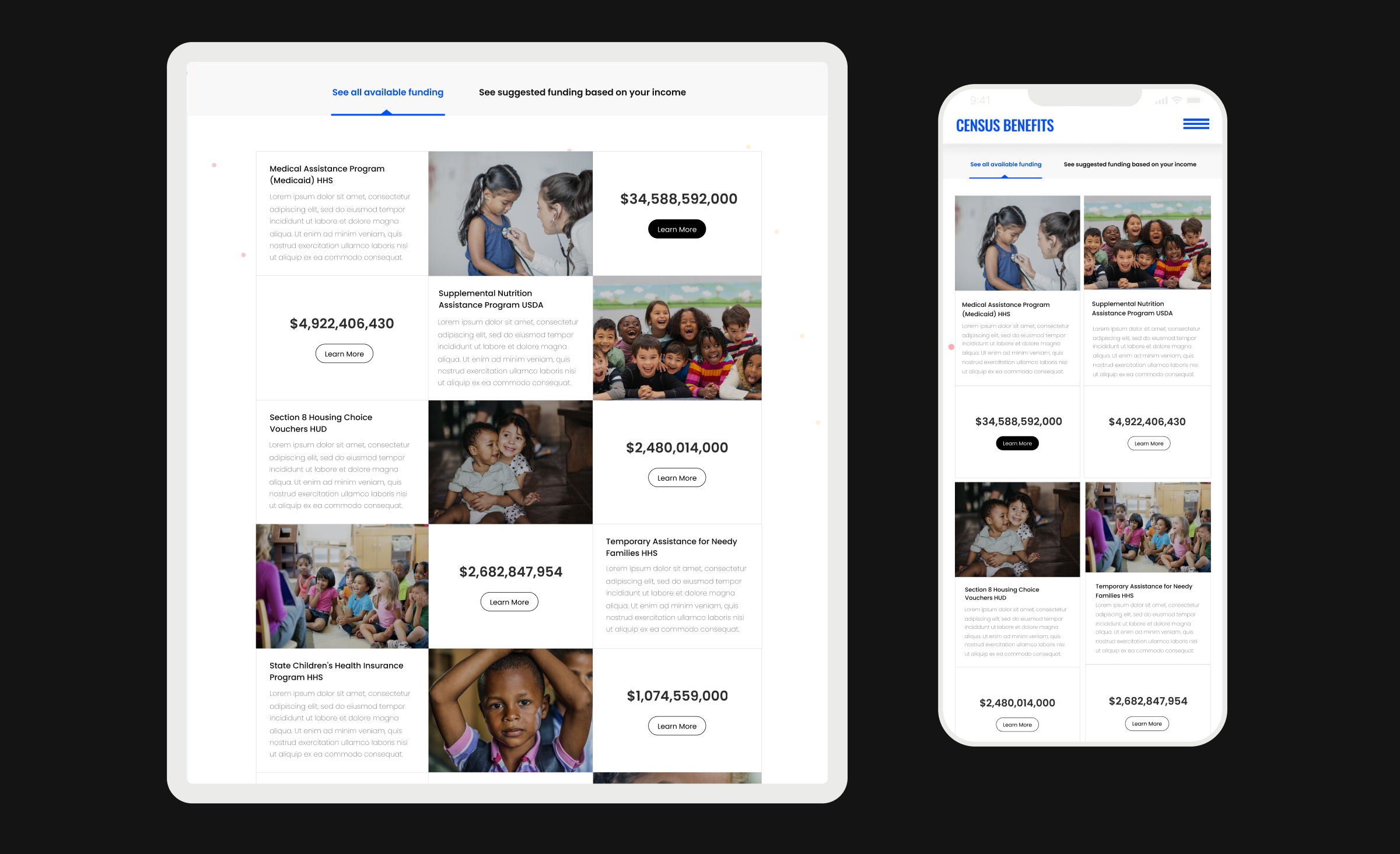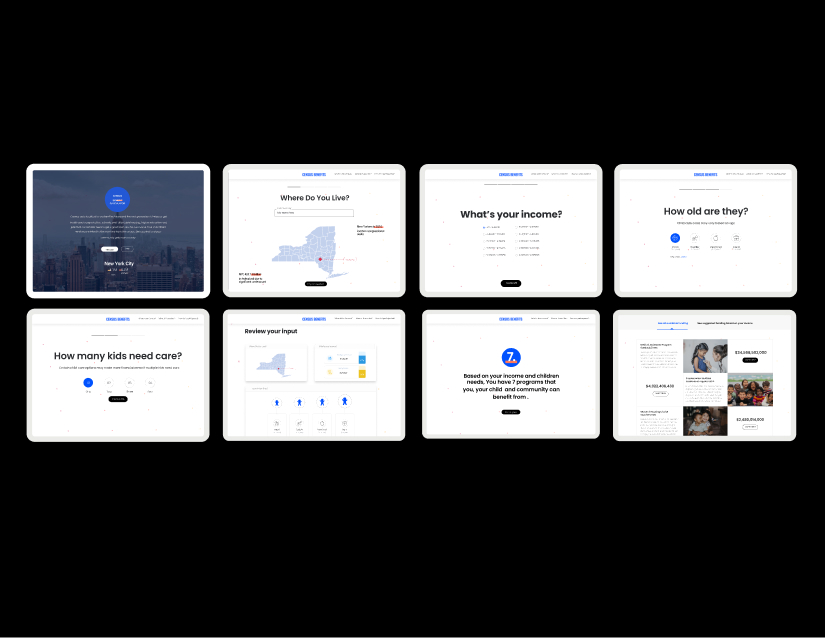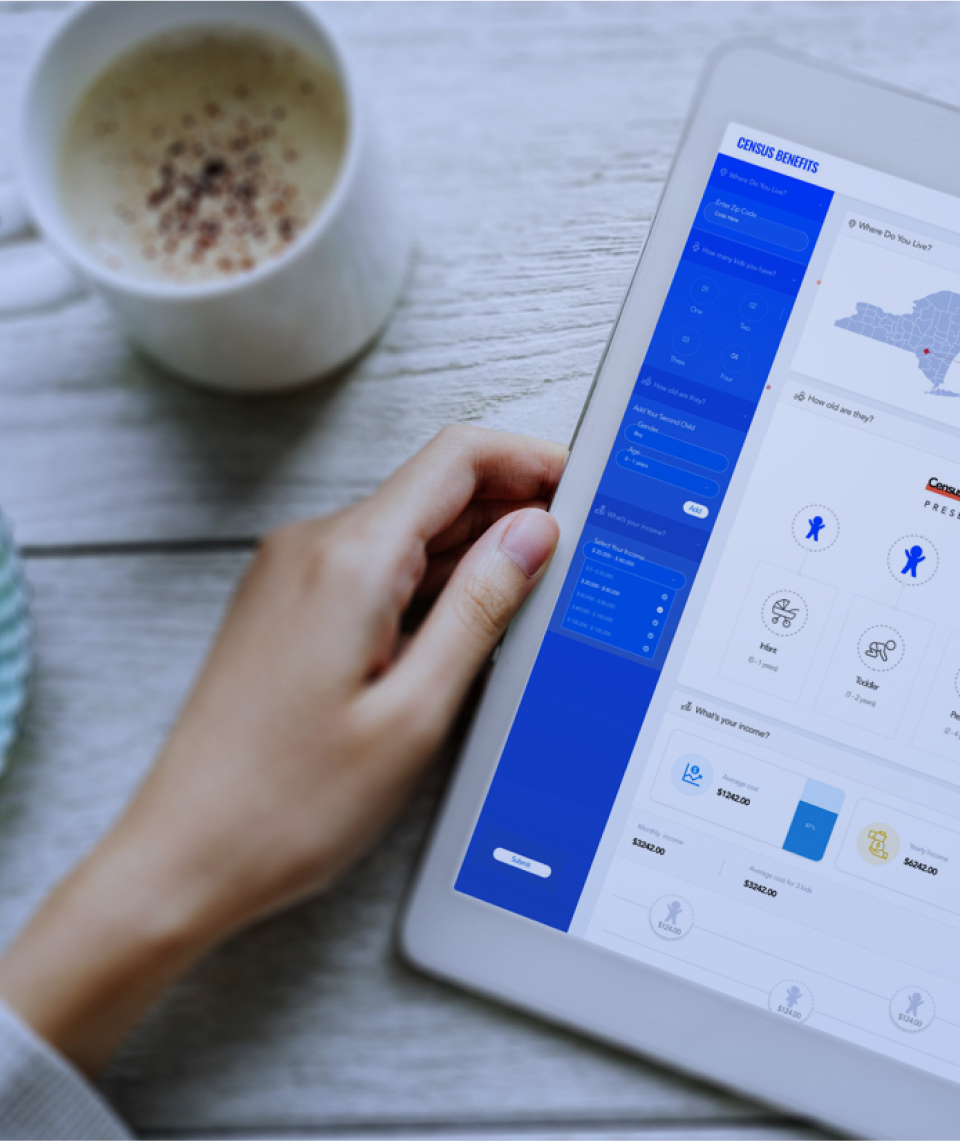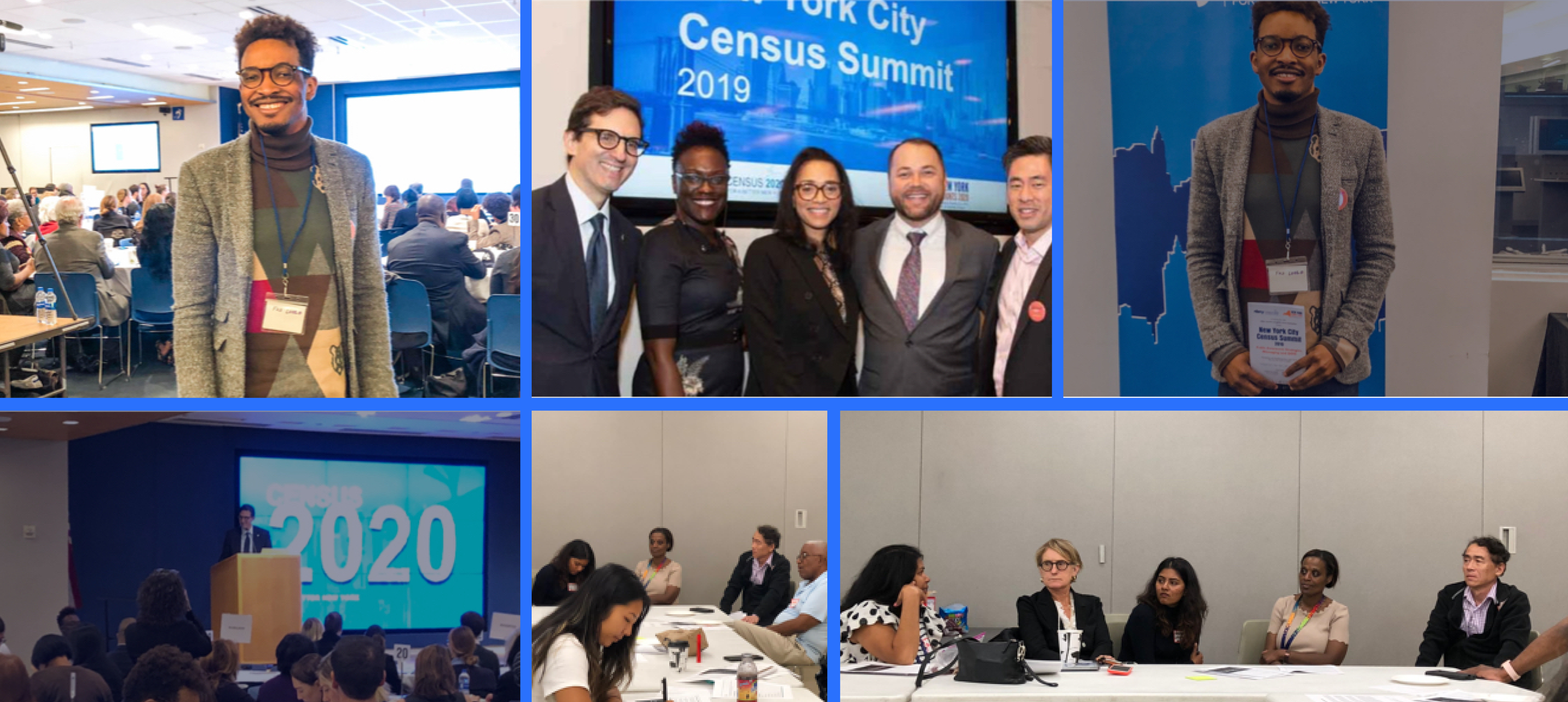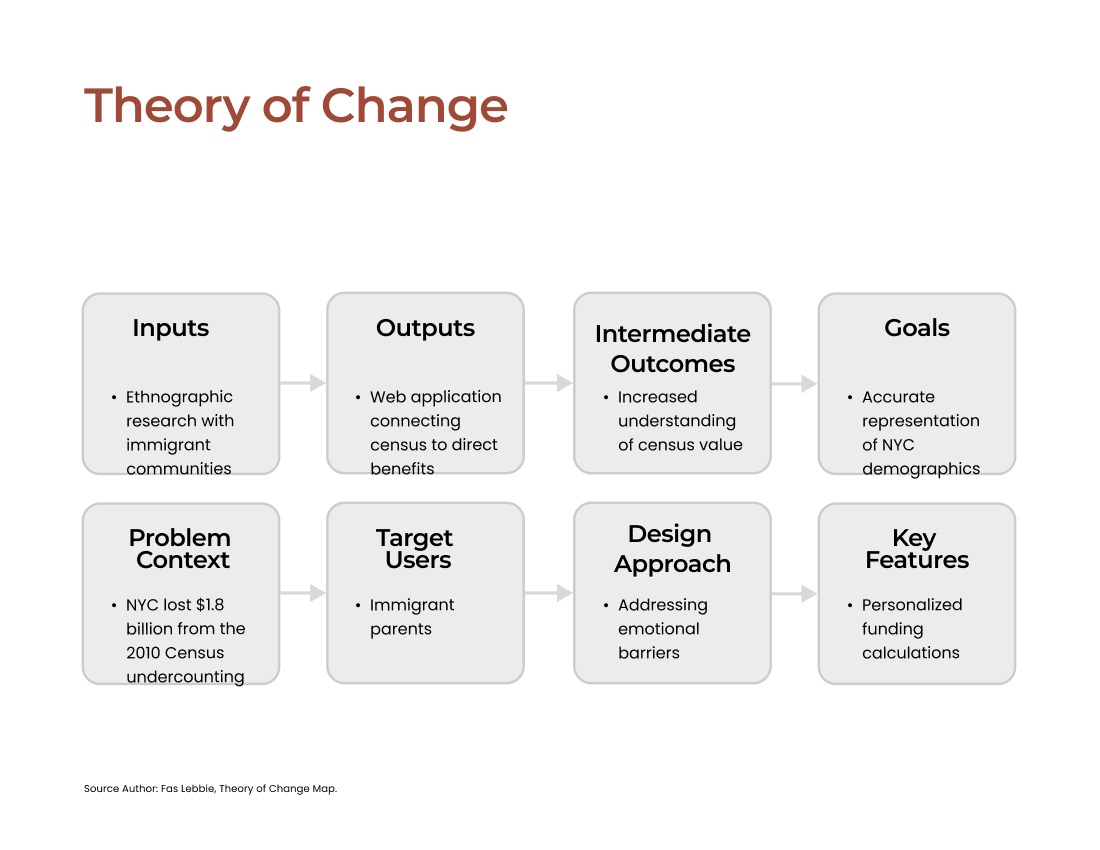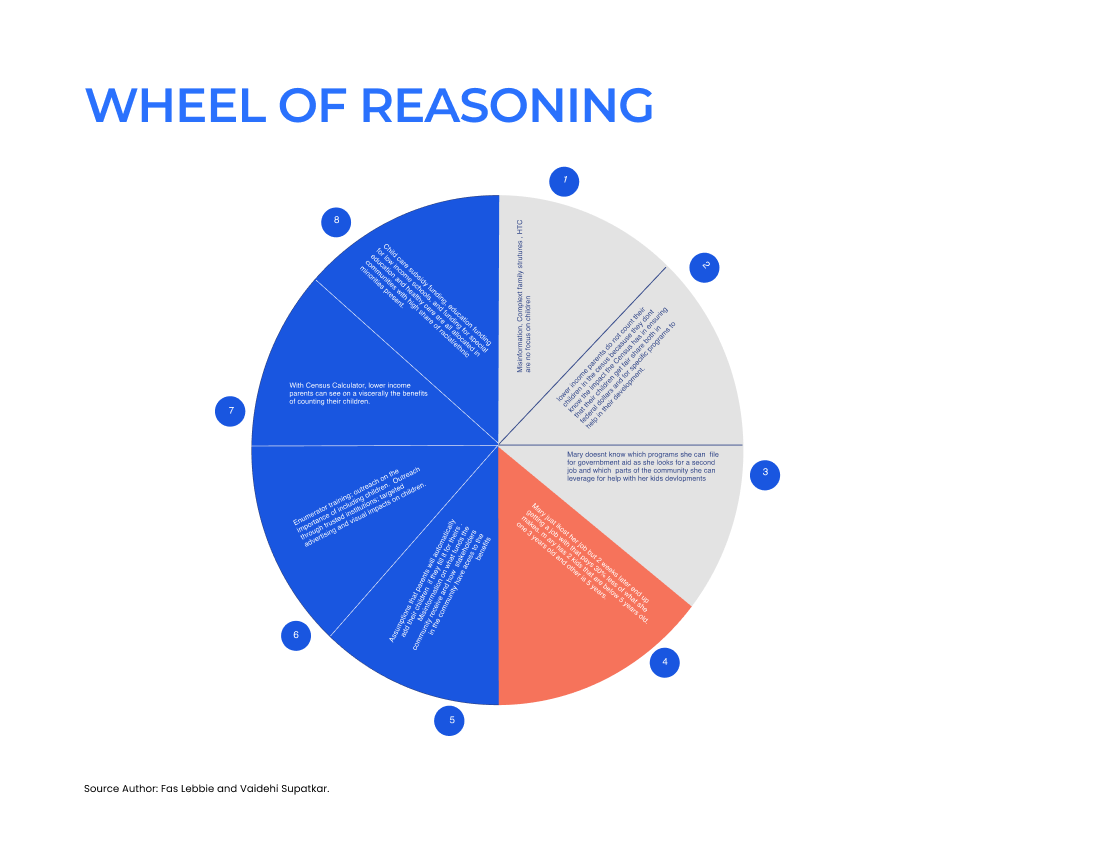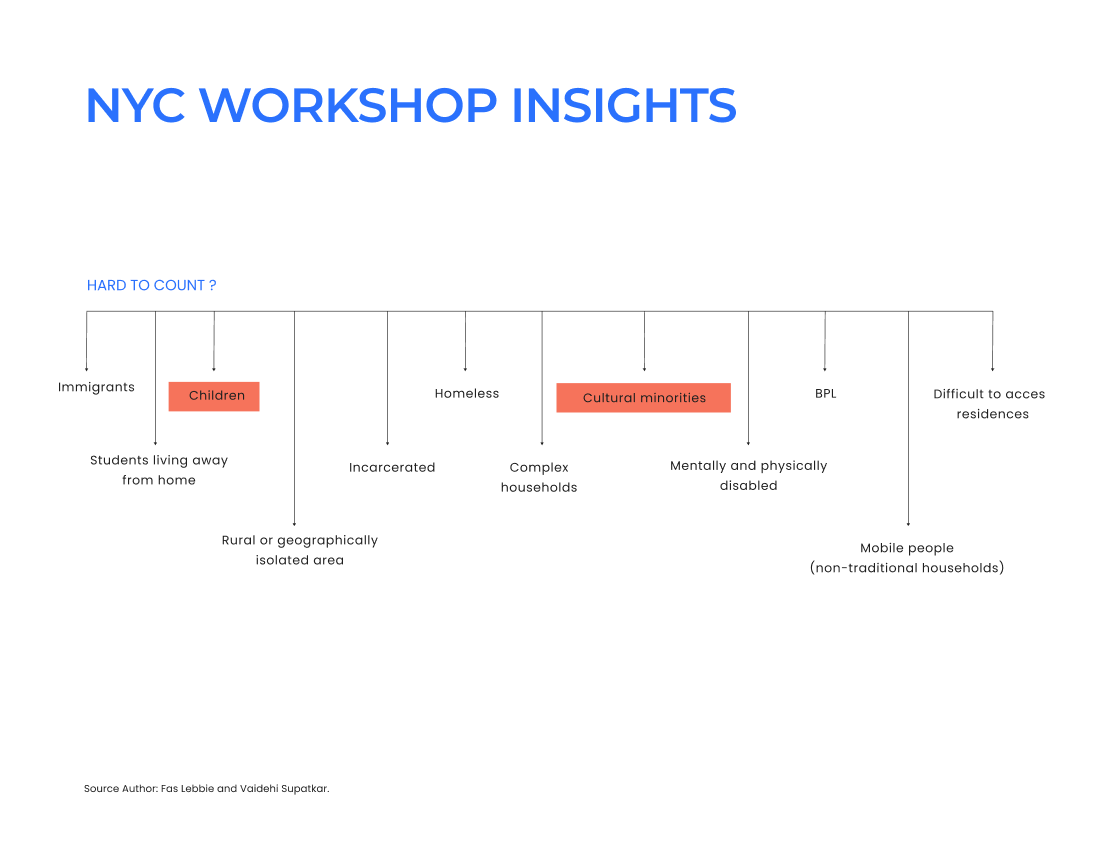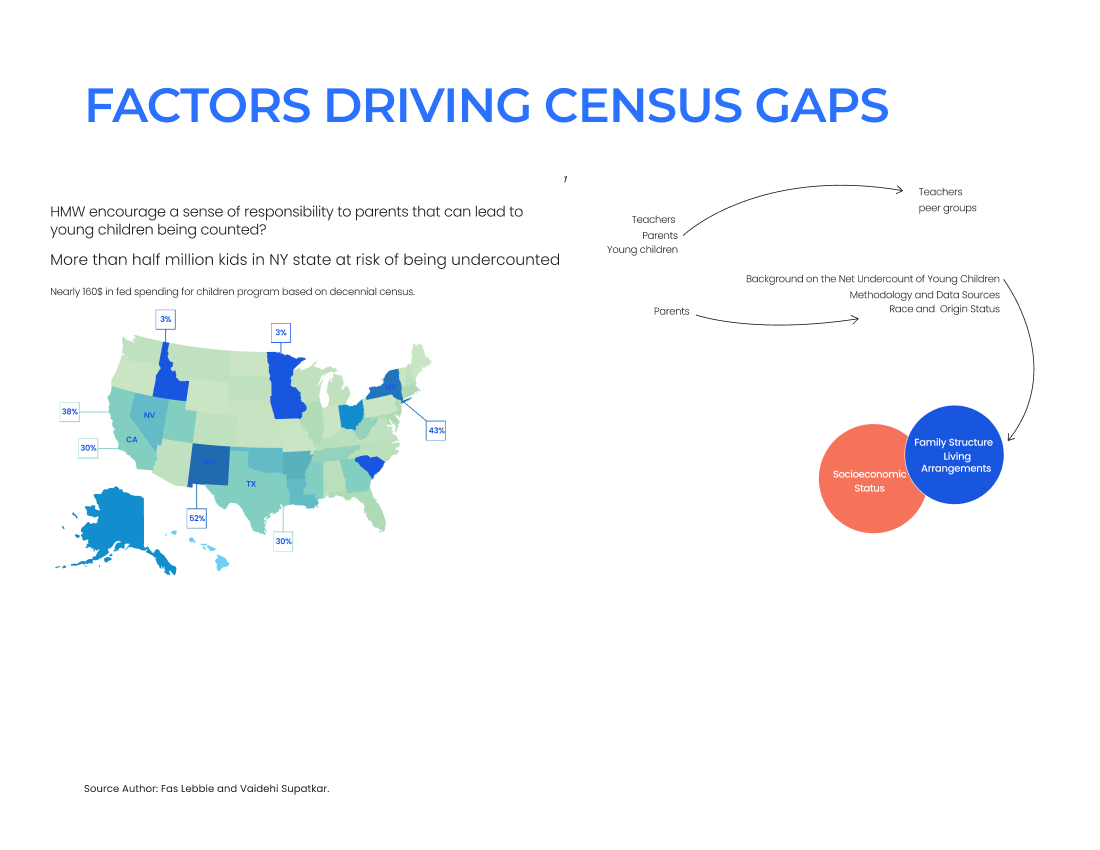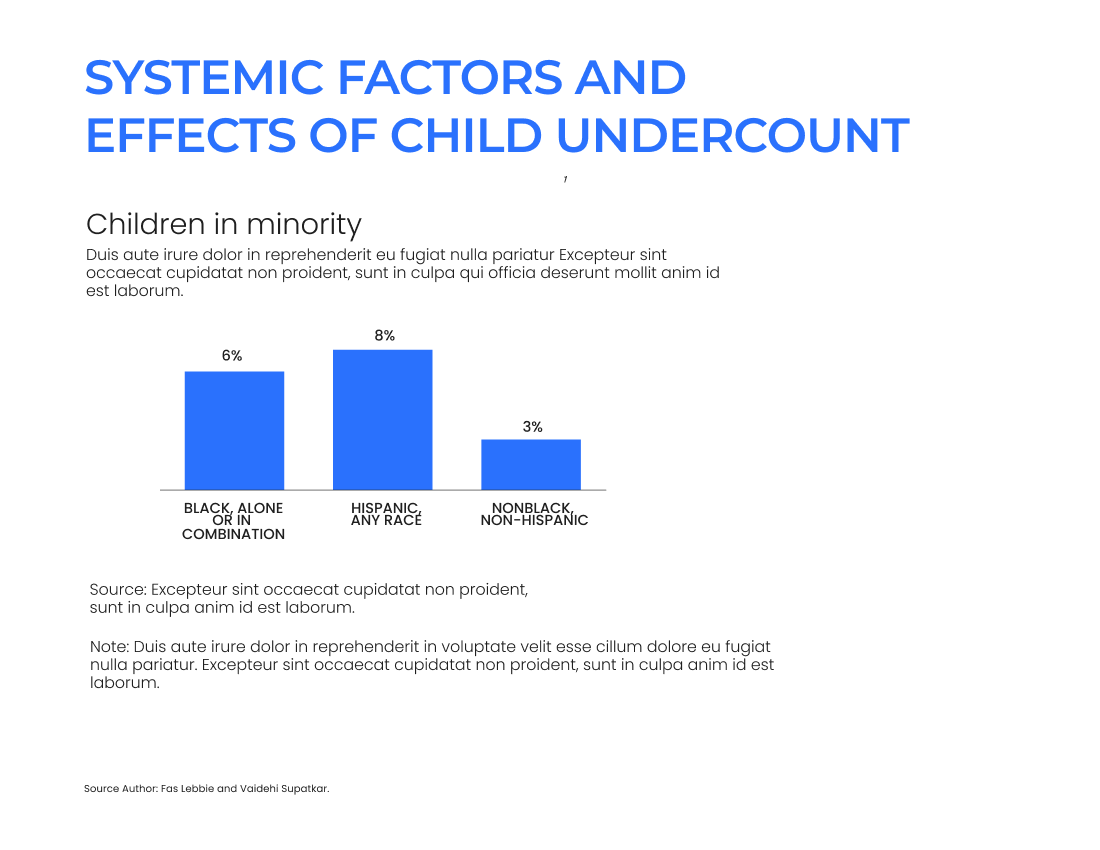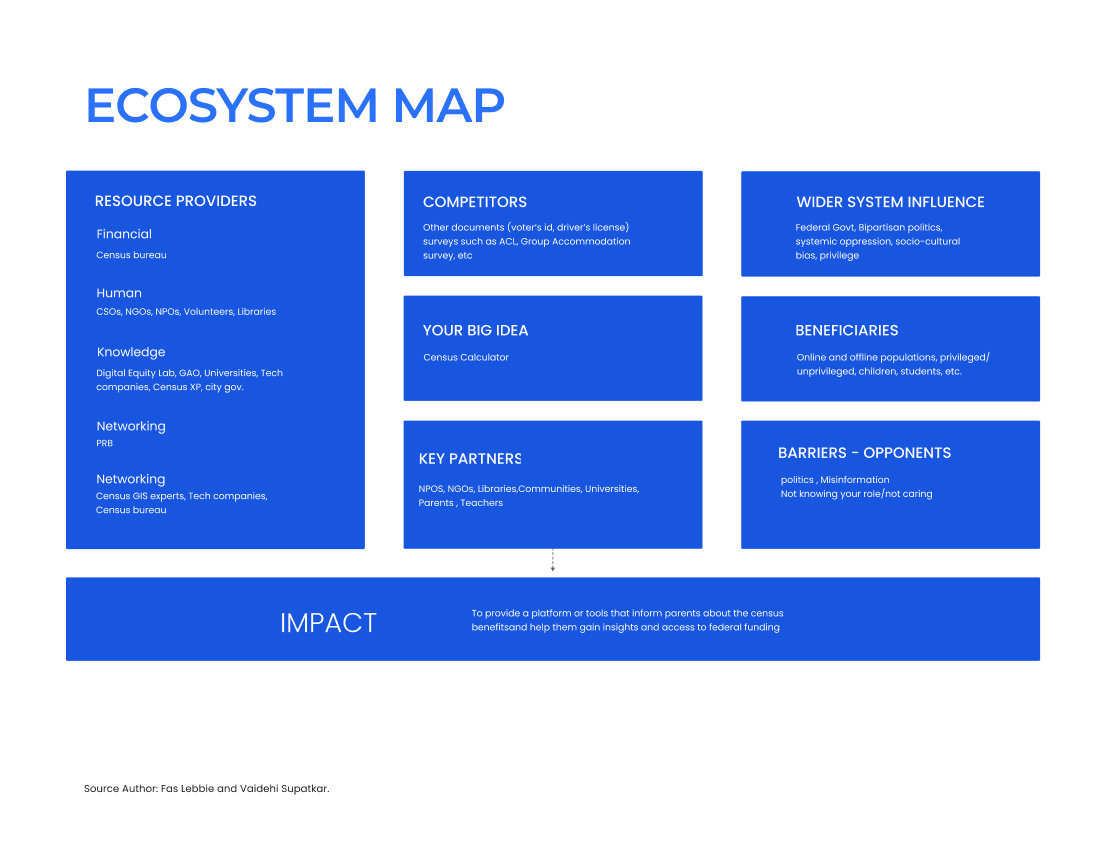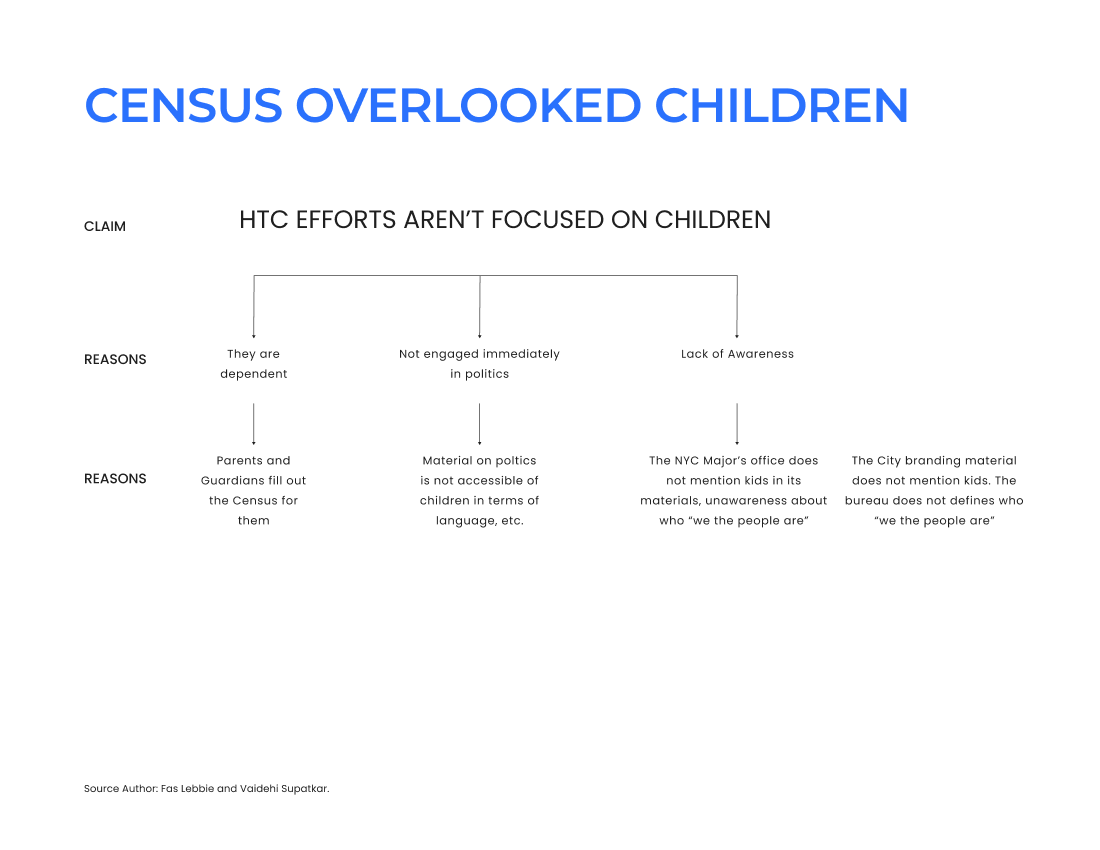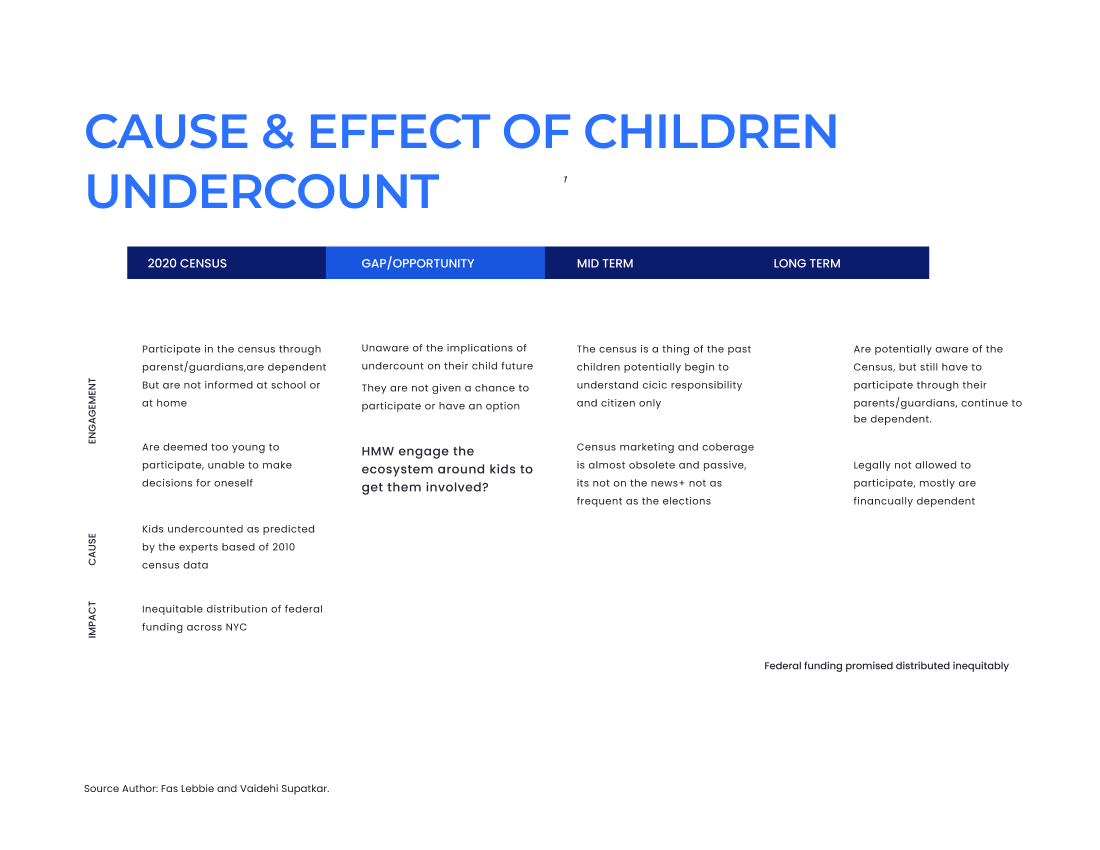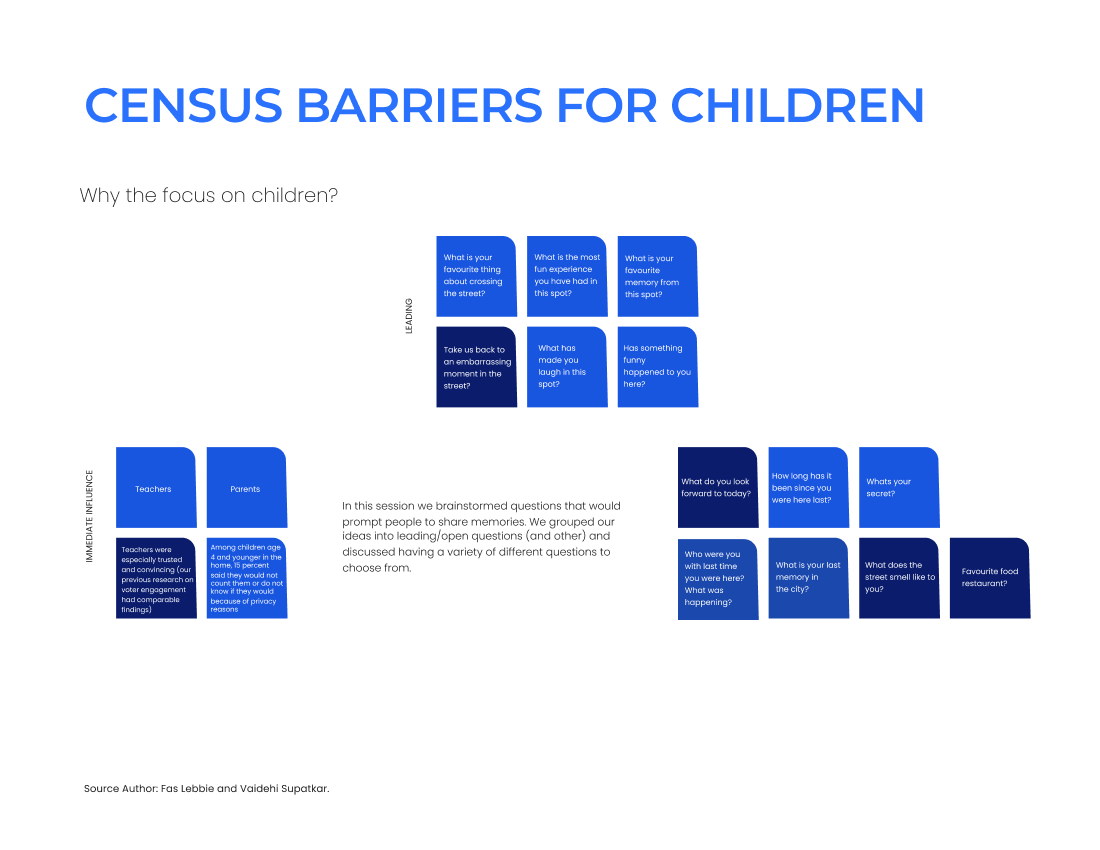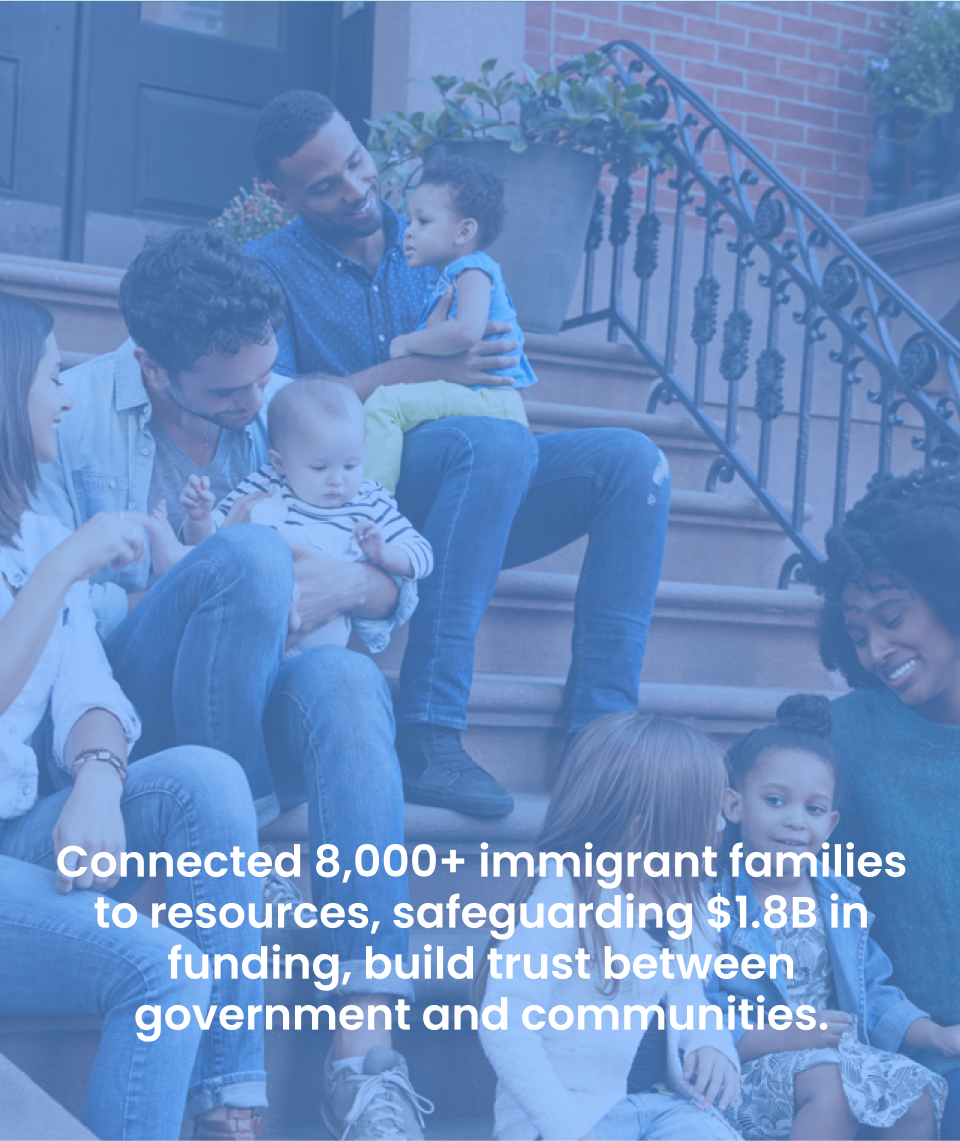Problem Context
The decennial U.S. Census is America’s most inclusive civic activity, covering every person in every household regardless of citizenship status. The data collected affects our nation’s ability to ensure equal representation and access to resources. Census results determine the allocation of over $800 billion annually in federal assistance, impacting schools, housing, healthcare, and infrastructure.
However, the 2020 Census faced challenges. New York City lost $1.8 billion in federal grants from the 2010 Census due to significant undercounting, equivalent to $3,000 lost per uncounted resident annually. If undercounting persisted, the city was projected to lose two more congressional seats. Vulnerable “hard-to-count” populations include immigrants with limited English proficiency, people of color, undocumented residents, and families with young children.
Six out of ten children of color were not counted in previous census efforts, affecting children in immigrant households, multigenerational homes, and families with limited English proficiency. The 2020 Census’s digital-first approach presented barriers for many immigrant communities due to the digital divide, while misinformation and government distrust created psychological barriers to participation.
